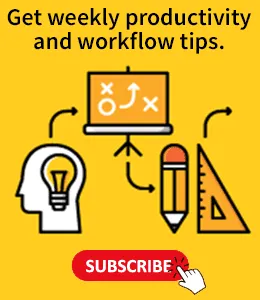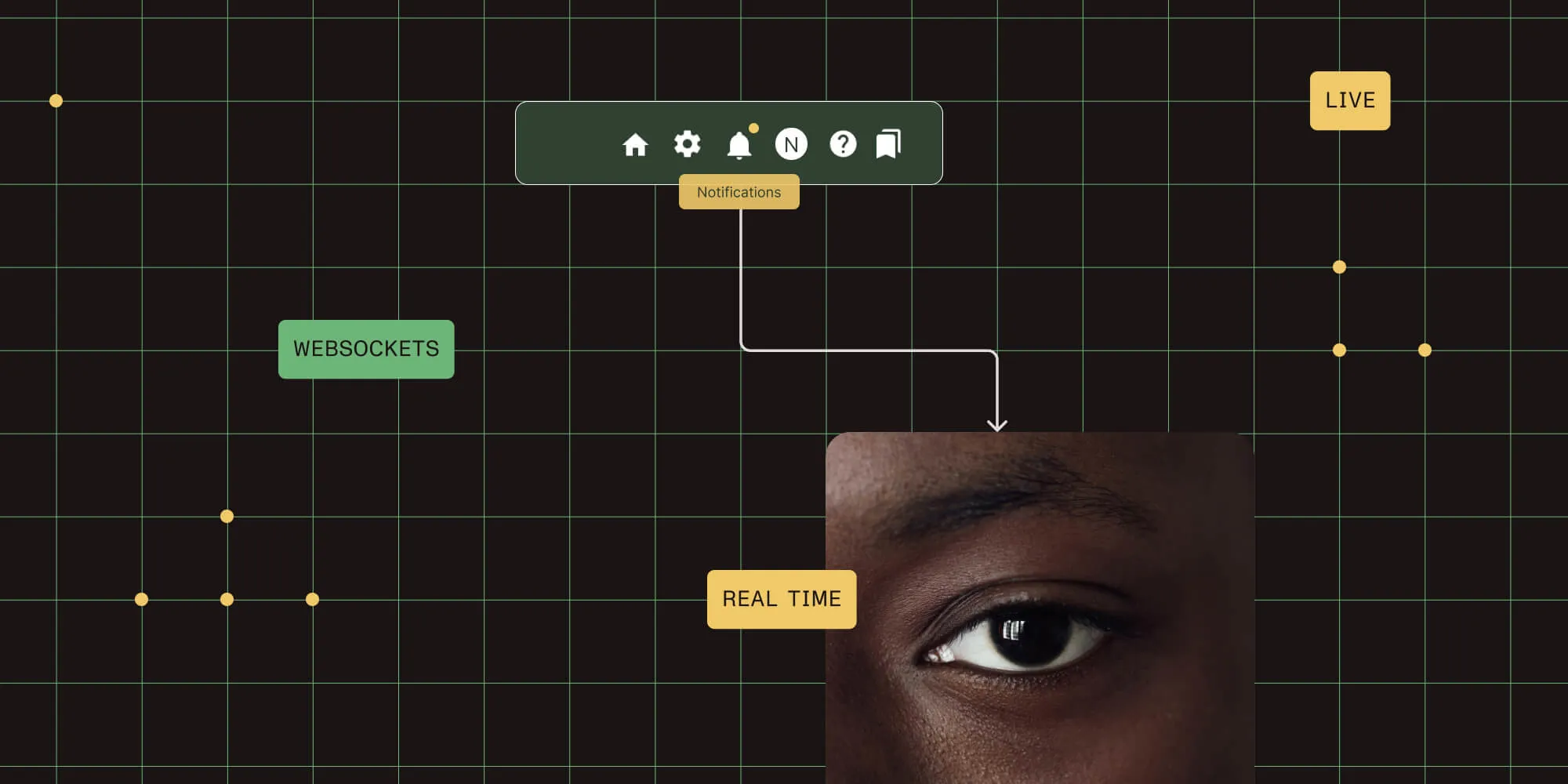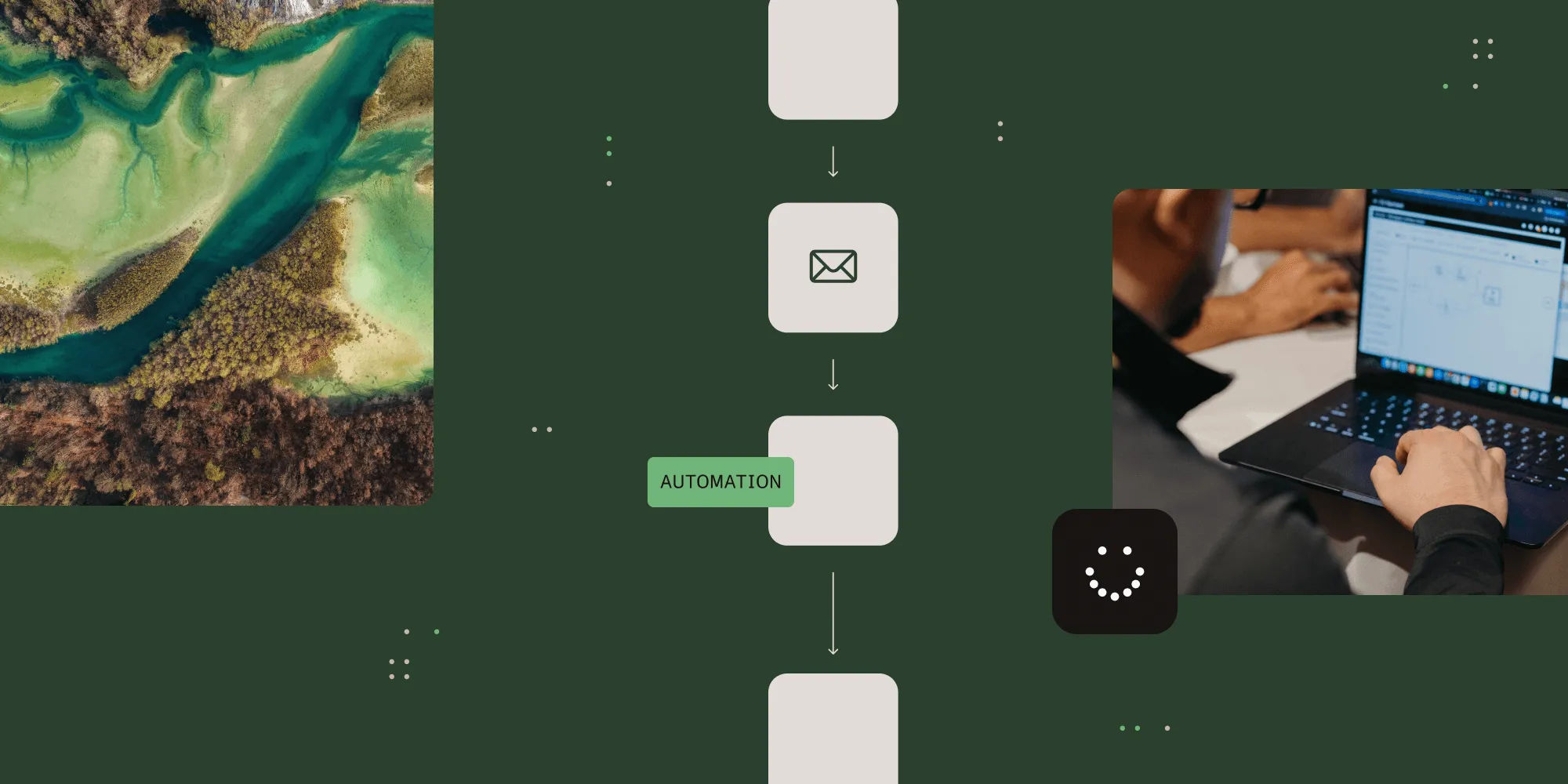What is Mind Mapping?
Table of contents

TL;DR
too long; didn't read
Mind mapping is a brainstorming technique that organizes information around a central topic or theme. Some of the main advantages are; finding better solutions faster, helping retain information, making for more effective collaboration, and increasing productivity.
No time to read? Sit back and listen to this post.
Nutrient Workflow(opens in a new tab) · What Is Mind Mapping?(opens in a new tab)
There are various ways to brainstorm, plan, and organize your ideas; for example, some people like making lists, some like freewriting, and some like talking through their thoughts with a manager or co-worker.
But one of the most effective ways to brainstorm, plan, and organize your ideas is, without a doubt, mind mapping.
Mind mapping is a technique with a massive variety of advantages—and using it regularly can deliver a serious boost to your performance. But what, exactly, are the advantages of mind mapping—and how can they make you more effective at work?
What is mind mapping?
Before we jump into the advantages of mind mapping, let’s quickly cover what mind mapping is.
Mind mapping is a brainstorming technique that organizes information around a central topic or theme. Instead of writing down related information linearly, with mind mapping, you visually organize your thoughts, drawing lines off the central topic or theme to associated ideas, then drawing additional lines off those thoughts with additional ideas or thoughts—and so on. When creating a mind map, you may also use different colors, symbols, shapes, and/or fonts or writing styles in the other areas of your diagram (for example, to represent similar concepts or connections between ideas).
In the end, you’re left with a visually impactful map of your thoughts and ideas. They are all linked together to allow you to see the connections between those thoughts and ideas.
And being able to see those connections has a variety of advantages. Some of the main benefits of mind mapping include:
Mind mapping can help you find better solutions—and find them faster.
Part of being successful at work is finding creative solutions to problems—and finding those solutions as quickly and effectively as possible. And, as it turns out if you want to find creative solutions—and find them fast? Mind mapping can be a great way to do it!
According to research from 3M(opens in a new tab), the brain processes visual information 60,000 times faster than text—and visual aids improve learning by a whopping 400 percent. So, by visually organizing your thoughts and ideas, like mind mapping, you’ll be able to process the information faster and more effectively, leading to better, more creative solutions in a shorter time frame.
Mind mapping helps you retain information.
Information retention is an essential part of effective brainstorming; when you’re brainstorming, the ideas, thoughts, and connections you come up with are only helpful if you can remember them after the brainstorming session is over.
Luckily, another significant advantage of mind mapping is that it helps you retain information long after wrapping up your brainstorming sesh.
Researchers separated students into two groups in a study(opens in a new tab), instructing one to study using mind-mapping and the other to use their existing study techniques. One week later, the mind-mapping group retained 10 percent more information than students that studied using their own techniques.
Mind mapping makes for more effective collaboration.
While brainstorming can, of course, be a solo activity, it’s often more effective when done in teams—and if you want to brainstorm with your team more effectively, mind mapping is the perfect process!
Because mind mapping is a visual technique, it’s easy for every team member to _see _their colleagues’ thoughts and ideas and add their own ideas to the map. For example, suppose you’re creating a mind map on a whiteboard. In that case, all the employees involved in the brainstorming session can see the map as it takes form—and if a topic on the map sparks an idea, they can quickly grab a marker, draw a line off that topic, and add their idea to the map.
Mind mapping increases productivity.
As mentioned, mind mapping has various benefits; it can help you find better and more creative solutions, help you more easily retain key information, and empower you to collaborate with your team better. Thanks to those benefits, mind mapping can also make you more productive.
According to the 2019 Mind Mapping Software Trends Survey(opens in a new tab), on average, using mind mapping tools increases productivity by 30 percent—and the more you use mind mapping, the more it can boost your productivity. The survey found that users that rate themselves as “expert users” save about seven hours per week using mind mapping software—more than twice the time savings of the average user.
Use mind mapping to your advantage
Clearly, mind mapping has some serious advantages; it can help you find better and more creative solutions to problems, improve information retention, facilitate more effective brainstorming sessions with your team, and deliver a serious boost to your productivity. And now that you understand all the benefits of this brainstorming technique, all that’s left to do? Get out there and use mind mapping to your advantage—and enjoy all those benefits in the process.
Have you tried this technique before? Let us know in the comments if mind mapping works for you and your team.








